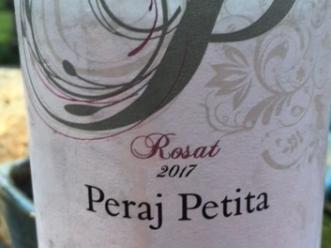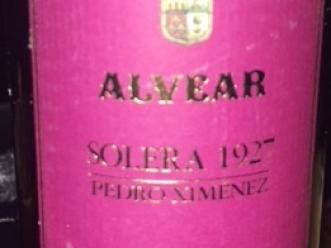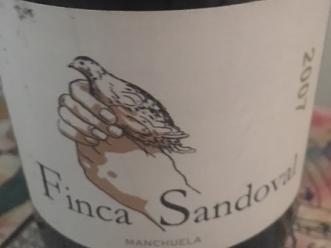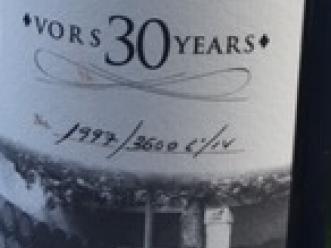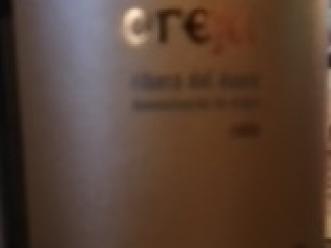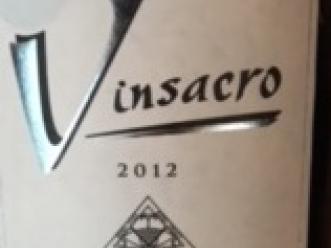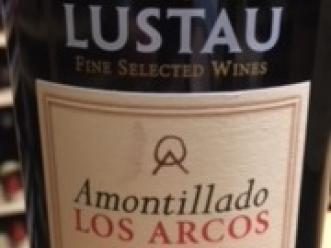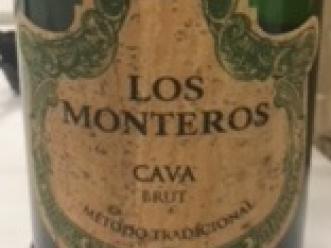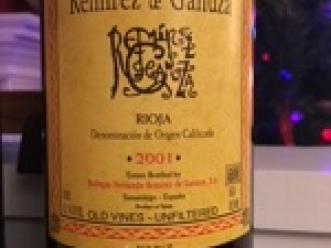2017 Celler de Capçanes Peraj Petita Rosat, Spain, Montsant, Wine Review
This is a Rose wine from the region of Montsant in Spain. It is made from Garnacha (Grenache) grapes. An interesting color; sort of electric pale pink. Pretty. The nose has scents of celery and cherries which is nice. On the palate, this is light bodied and very easy to drink. Refreshing. This is not a fruit bomb. This retails for under $15 and provides a nice value at that price. Affordable for summer get togethers.

